Learn about Internet
Learn about Internet
The internet, or simply the net, is a global system of computer networks or a collection (network) of computer networks. Meanwhile, a network is a collection of computer systems sharing resources with each other. In other words, the internet is a network of computers connected together and communicating with each other via standardized protocols.
- How does internet work
- Learn about Internet Protocol
- Learn About client and server side
- Learn about Domain
- Learn about hosting
How does internet work
As a back-end developer, it is essential for you to know how the internet works and how it displays the desired data to users in a browser. The internet works on two fundamental aspects, namely packets and protocols.
Learn about Internet Protocol
The Internet Protocol (IP) is a set of rules for routing and addressing the packets of data so that they can reach their destination by traveling over networks. We refer to the Internet Protocol as the TCP/IP protocol suite for transmitting data from the source to the destination.
Learn About client and server side
The client-side, often known as the front-end, is where the processing takes place within the web browser of the end user’s system, whereas the server-side or back-end is where the process occurs on a web server.
Learn about Domain
The domain name is one of the most crucial elements of websites. It is the unique address of websites through which they are identifiable. Through the domain name, users can find your website’s presence on the internet easily. They do not have to leverage your website’s IP address.
Learn about hosting
Web hosting is a service that lets individuals and businesses host or posts their websites on the internet. The special computers called servers host websites and display them in a browser as and when requested by users.



